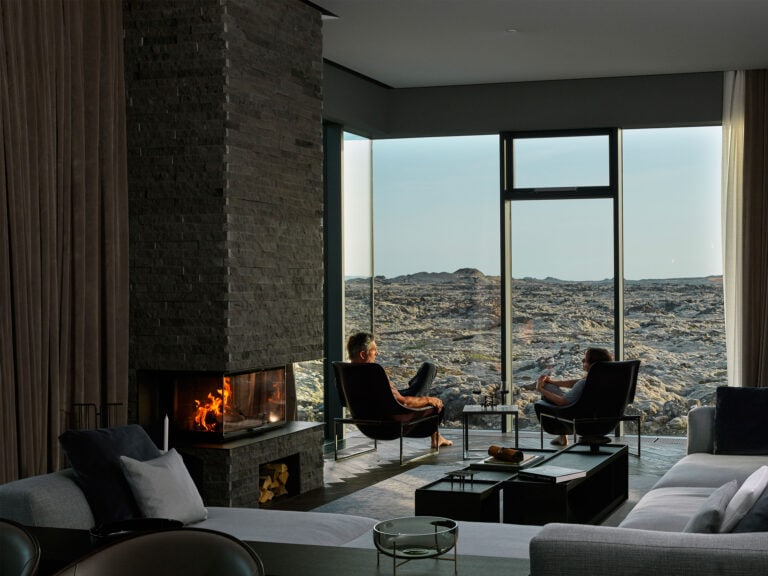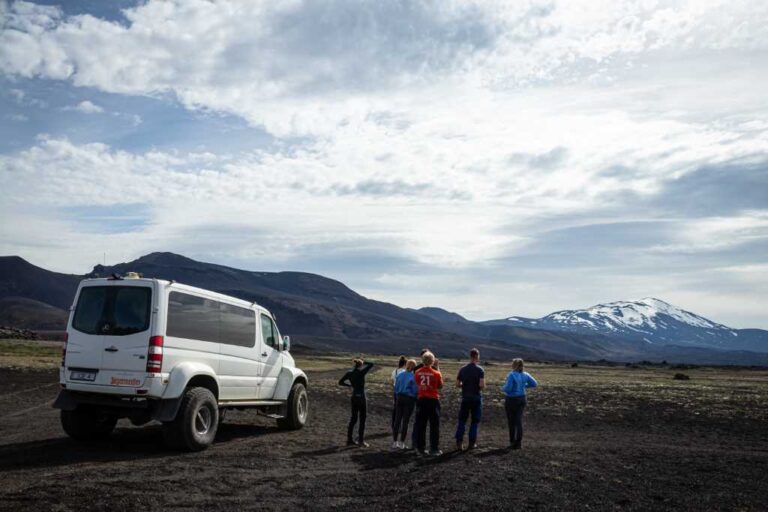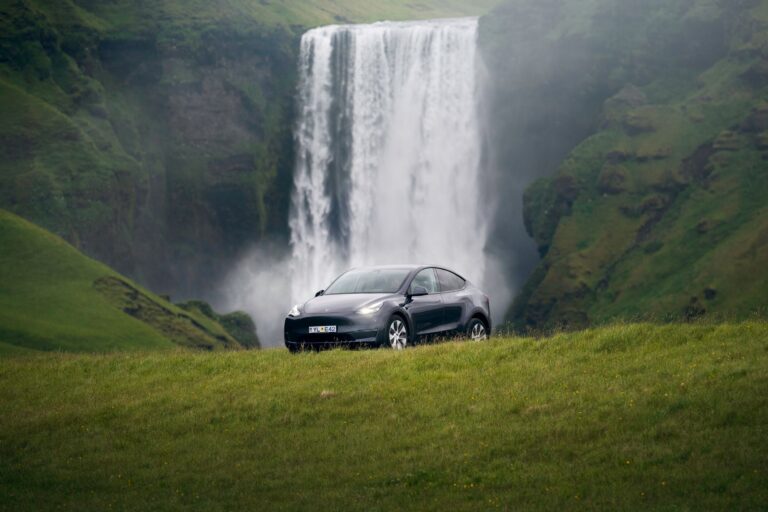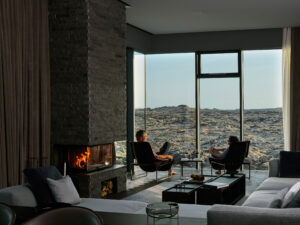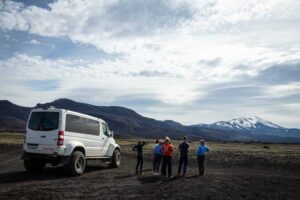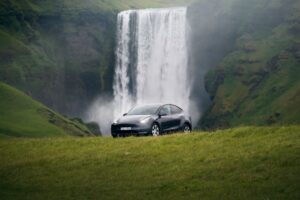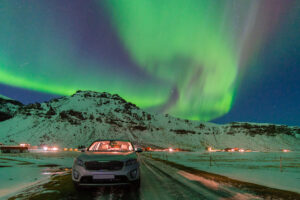Do you know the Blue Lagoon?
Are you interested in bathing in it?
And would you like to learn more about how it was formed? Then read on!
The Blue Lagoon is one of the most popular tourist destinations in Iceland – almost everybody who visits the country goes there. It is known all over the world for its beauty and stunning location in the vast, black lava field, as well as and the healing powers of its mineral rich water.
Blue Lagoon© http://www.bluelagoon.com/images/new-node/blue-lagoon-price.jpg
Geologically, the Blue Lagoon is quite unique. It is the result of the water output from Svartsengi geothermal plant – so it is in fact man made, much like the tidal lagoons of regular hydro plants.
Unlike with regular hydro plant lagoons, the Blue Lagoon is not the basis for Svartsengi power plant’s existence, but the other way around. The first boreholes were drilled in Svartsengi lava field in 1971, which resulted in findings of over 200°C hot water, which has been used for supplying the nearby municipalities with hot water since 1976.
Geothermal water normally has a lot of diluted minerals, as they dissolve chemical compounds and elements from the rock deep within the earth and then rises to the surface. The geothermal water under Svartsengi is even richer in minerals than typical geothermal areas, due to the salted ocean water which seeps through the porous lava and combines with the hot ground water. The water in Svartsengi is so rich with diluted minerals that it is too corrosive to be used directly as a hot water source for housing. This is why they power plant uses the 200°C hot water to heat up fresh groundwater, which in turn is pumped into homes in Reykjanes peninsula.

Since the actual mineral rich hot water is not used directly, whatever is not used for heating the ground water gets pumped directly into the lava fields surrounding the power plant, creating the Blue Lagoon – the one we all bathe in! The water cools during the production process and by the time it reaches the bathing area, it is cool enough for us to soak comfortably in it.
As a result of continued hot water production at Svartsengi power plant, ever more water gets pumped into the lava fields, which means the lagoon keeps growing a few centimeters every year – much like another natural phenomenon in Iceland; Þingvellir tectonic fissure.
In a geological sense, the lava fields of Svartsengi are very young, but they are believed to have been formed in a volcanic eruption in 1226. Due to the young age of the lava fields, the lava field is still very porous and the water seeps through the field very easily. A whole lot of the sulfur in the hot water turns into silica mud when it cools, creating the soft (slimy even?) ground we walk on inside the lagoon. This same silica mud is used to produce the skin care products the Blue Lagoon is well known for.
In the year 1982 a young local started bathing himself in the oddly colored water near the power plant, in an attempt to sooth his psoriasis covered skin. As it turns out, the water did have healing properties which decreased the symptoms he was struggling with. This aspiring local made national news, where he talked about the oddly covered lake in the lava field as “a blue lagoon” – and the name stuck!
Shortly after this, minimalist facilities were built around the lagoon to make it easier for other people with skin conditions to experience the healing properties of the water. Near the end of the 1980’s, a full-fledged changing area was in operation and the Blue Lagoon has been expanding ever since – both in the geological sense, and in the economic sense. The most recent expansion was just this January, when all facilities were expanded by more than 50%. The whole area went from being 5500 m2 to over 8000 m2, in an effort to give the client more space to relax and provide the most excellent care possible.
It is still not fully known what it is about the water at the lagoon which makes it so effective against skin conditions. Most likely it is a cross between the diluted minerals in the water itself and the ecology it creates for other life forms; algae and bacteria. The bacteria in question has, in fact, not been found anywhere else in the world, making it fully unique to the Blue Lagoon! These life forms are thriving in the salty water of the lagoon, but for the most part we don’t notice them particularly much. On a series of warm sunny days, however (because we have so many of those here!! – not really…), they sometimes have a burst in growth, which gives the Blue Lagoon a green hue.
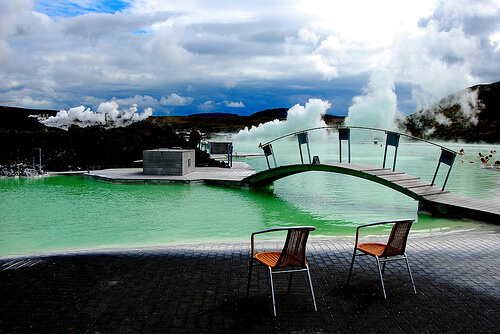
Most people are big fans of the Blue Lagoon – no wonder! However, not everybody is convinced of its brilliance and others go so far as to considering it an environmental disaster, as it is not naturally made at all. Whether the lagoon’s existence is an environmental disaster is subject to interpretation, but it will not be denied that continued release of mineral rich geothermal water continues to spread across the lava fields, killing off delicate moss in the area. The water is also rich with hydrogen sulphide, which can be dangerous in great quantities. The only effects it has in Svartsengi, however, is the rich sulfur smell – a smell which can be smelt all over the country, and has this Reddit user thoroughly confused.
Reference: http://www.visindavefur.is/svar.php?id=14019


